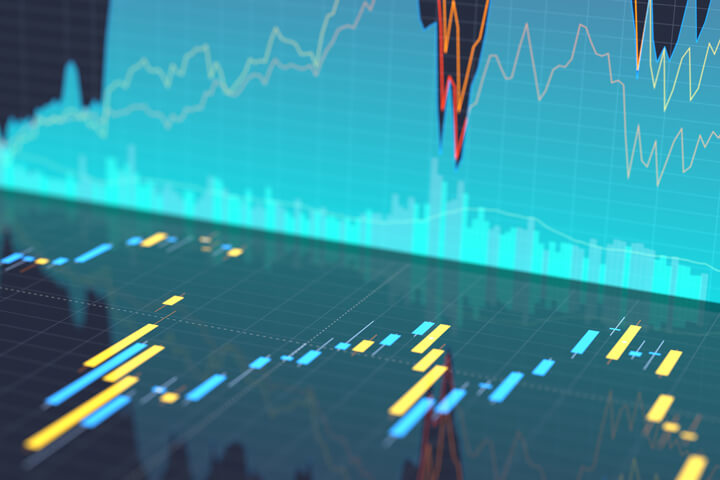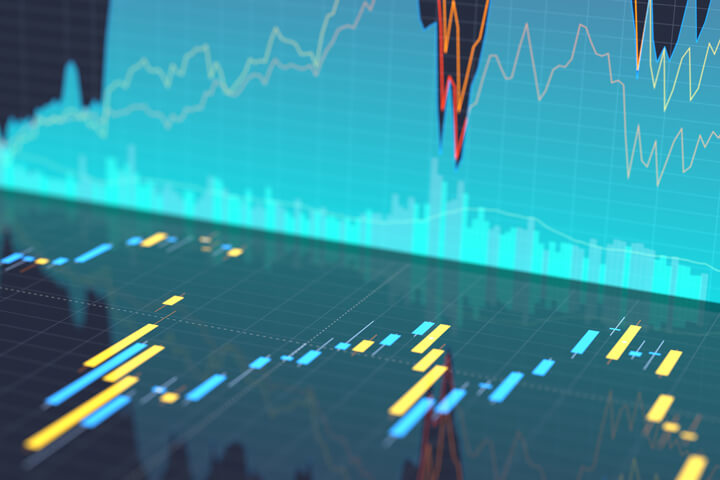
Advantus Media, Inc.
British FTSE 100 fell by 0.47% in September, French CAC 40 - by 2.4% and German DAX - by 3.63%. At the end of the third quarter the FTSE 100 rose by 0.7%, CAC 40 - by 0.2%, while the DAX decreased by 1.7%. At the same time from the beginning of the year indices have increased by 9.7%, 17.5% and 11.2% respectively.
And at the end of trading on Thursday the FTSE 100 fell by 0.39% to 7080.5 points, the CAC 40 by 0.62% to 6520.01 points and the DAX by 0.68% to 15260.69 points.
In the third quarter European stock indexes reacted actively to the world market sentiment and the dynamics of the US stock exchanges, investors also evaluated statistical data of the region. Uncertainty around the state of the global economy and the future direction of monetary policy of the European Central Bank (ECB) and the US Federal Reserve System led to risk aversion among traders.
As a result, in its September meeting, the ECB did not rule out the possibility of reducing the pace of asset purchases under the special Pandemic Emergency Purchase Programme (PEPP). In addition, the regulator admitted that it may not use the entire amount of funds pledged in the PEPP, if conditions are favourable.
The latest macroeconomic data from the region indicates generally favourable conditions for a withdrawal of ECB stimulus measures. GDP of the 19 eurozone countries, according to the final, third estimate, rose in the second quarter of 2021 by 14.3% year-on-year and by 2.2% quarter-on-quarter. Unemployment in the eurozone fell to 7.5% in August from 7.6% in July. Annual inflation in the eurozone accelerated to 3% in August from 2.2% a month earlier according to the final estimate. The increase in consumer prices in August was the highest since 2011.
source: reuters.com
And at the end of trading on Thursday the FTSE 100 fell by 0.39% to 7080.5 points, the CAC 40 by 0.62% to 6520.01 points and the DAX by 0.68% to 15260.69 points.
In the third quarter European stock indexes reacted actively to the world market sentiment and the dynamics of the US stock exchanges, investors also evaluated statistical data of the region. Uncertainty around the state of the global economy and the future direction of monetary policy of the European Central Bank (ECB) and the US Federal Reserve System led to risk aversion among traders.
As a result, in its September meeting, the ECB did not rule out the possibility of reducing the pace of asset purchases under the special Pandemic Emergency Purchase Programme (PEPP). In addition, the regulator admitted that it may not use the entire amount of funds pledged in the PEPP, if conditions are favourable.
The latest macroeconomic data from the region indicates generally favourable conditions for a withdrawal of ECB stimulus measures. GDP of the 19 eurozone countries, according to the final, third estimate, rose in the second quarter of 2021 by 14.3% year-on-year and by 2.2% quarter-on-quarter. Unemployment in the eurozone fell to 7.5% in August from 7.6% in July. Annual inflation in the eurozone accelerated to 3% in August from 2.2% a month earlier according to the final estimate. The increase in consumer prices in August was the highest since 2011.
source: reuters.com





